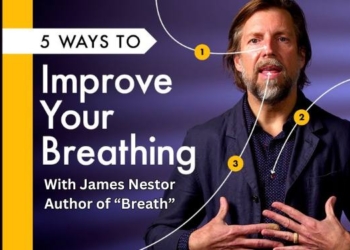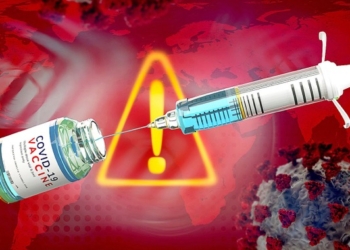
By Lilly Miller
While merely last year the use of face masks in public would have been considered unusual behavior, they have now become a symbol of the coronavirus pandemic, and the trying era we live in. And as many countries around the globe slowly ease their restrictions and lockdowns, they are making the use of face masks in public mandatory, urging their citizens to protect others and themselves from COVID-19 with face coverings. But before you buy or make your own face mask, here is everything you need to know about coronavirus masks, from their efficiency to the proper use:
What do experts say about face masks?
The World Health Organization (WHO) only advises wearing face masks when you are caring for a person already affected with coronavirus, in case you are healthy and show no symptoms. However, the WHO also recommends wearing a face mask if you are showing symptoms, such as coughing and sneezing, stating that face coverings and masks are always most efficient when combined with regular hand washing and sanitizing.
However, the official government advice varies significantly from country to country. Both the USA’s Centers for Disease Control and Prevention (CDC) and the UK’s government, for instance, advise wearing face masks and coverings in enclosed public spaces where social distancing isn’t possible, such as shops and public transport, in an effort to slow down the spread of COVID-19.
Can masks protect us from COVID-19?
Covering our mouth and nose, face masks tend to block the virus-carrying particles we release when we sneeze and cough, thus helping to slow down the spread of coronavirus. And even though no face covering can ensure a 100% protection from COVID-19, it does represent an added barrier between you and other (potentially symptomatic) people, especially when it’s combined with other preventive measures, such as frequent hand washing and maintaining a 6-feet social distance, ultimately lowering your chances of contracting the virus. What’s more, if a collective effort is made to wear masks in public at all times, the likelihood of “flattening the curve” will be significantly higher.
Types of masks worn during the pandemic
Although various types of face coverings were seen during the pandemic, such as scarves and bandanas, face masks are still the best and most efficient way of slowing down the spread of COVID-19. These are some of the most common and widely available face masks:
Surgical masks
Fitting more loosely and comfortably on the face, an effective surgical mask is most commonly blue, with white edges. This mask is quite efficient at not only preventing you from spreading germs through coughing and sneezing while wearing it but also at blocking large droplets from outside sources that might carry the virus.
N95 respirator masks
Fitting more tightly around the nose and mouth, N95 masks can filter out at least 95% of even the smallest particles in the air and are therefore one of the most efficient forms of protection. However, they need to fit perfectly in order to work.
DIY/Cloth masks
Whether they’re bought or sewn at home using tightly-woven cotton, cloth masks are most commonly worn by healthy people who aren’t healthcare workers. Although not quite as successful at blocking out the virus as the other two, cloth masks can still be a sufficient form of protection, especially when combined with other preventive measures.
As there have been shortages of medical supplies around the world when the pandemic started, it was recommended to save both N95 and surgical masks for healthcare workers, while opting for cloth masks or other types of face coverings instead. However, as the situation slowly dies down, there should be no problem buying surgical and N95 masks for yourself as well, for better protection.
How to buy the right face mask
Fit is one of the most important aspects. No matter which face mask you opt for, make sure it fits correctly around the mouth, nose, and chin, without any visible gaps, and find one that is comfortable enough to ensure you’ll want to wear it.
In case you’re buying or sewing a cloth mask, make sure it follows all expert instructions and recommendations. Always choose a cloth mask that has several layers of fabric, instead of just one, while still allowing airflow and being breathable.
How to wear face masks correctly
Before application, make sure the mask isn’t damaged in any way, and always wash your hands for at least 20 seconds, or use a hand sanitizer if necessary.
Start by pulling the loops of the mask behind your ears, or securing the ties on the back of your head, depending on the type. Fit the face mask so that it completely covers your mouth, nose, and chin, and then pinch the top border around your nose. Your face mask should fit tightly, while still being comfortable and breathable.
Never touch the face mask while wearing it, and always remove it by pulling the ties or loops, to avoid germs.
With proper use and additional precautionary measures, the right face mask can be an efficient way of slowing down the spread of coronavirus.
Images:
cover: https://www.rawpixel.com/image/2310145/free-photo-image-mask-face-mask-surgical-mask
1: https://www.rawpixel.com/image/2262465/free-image-coronavirus-corona-mask















